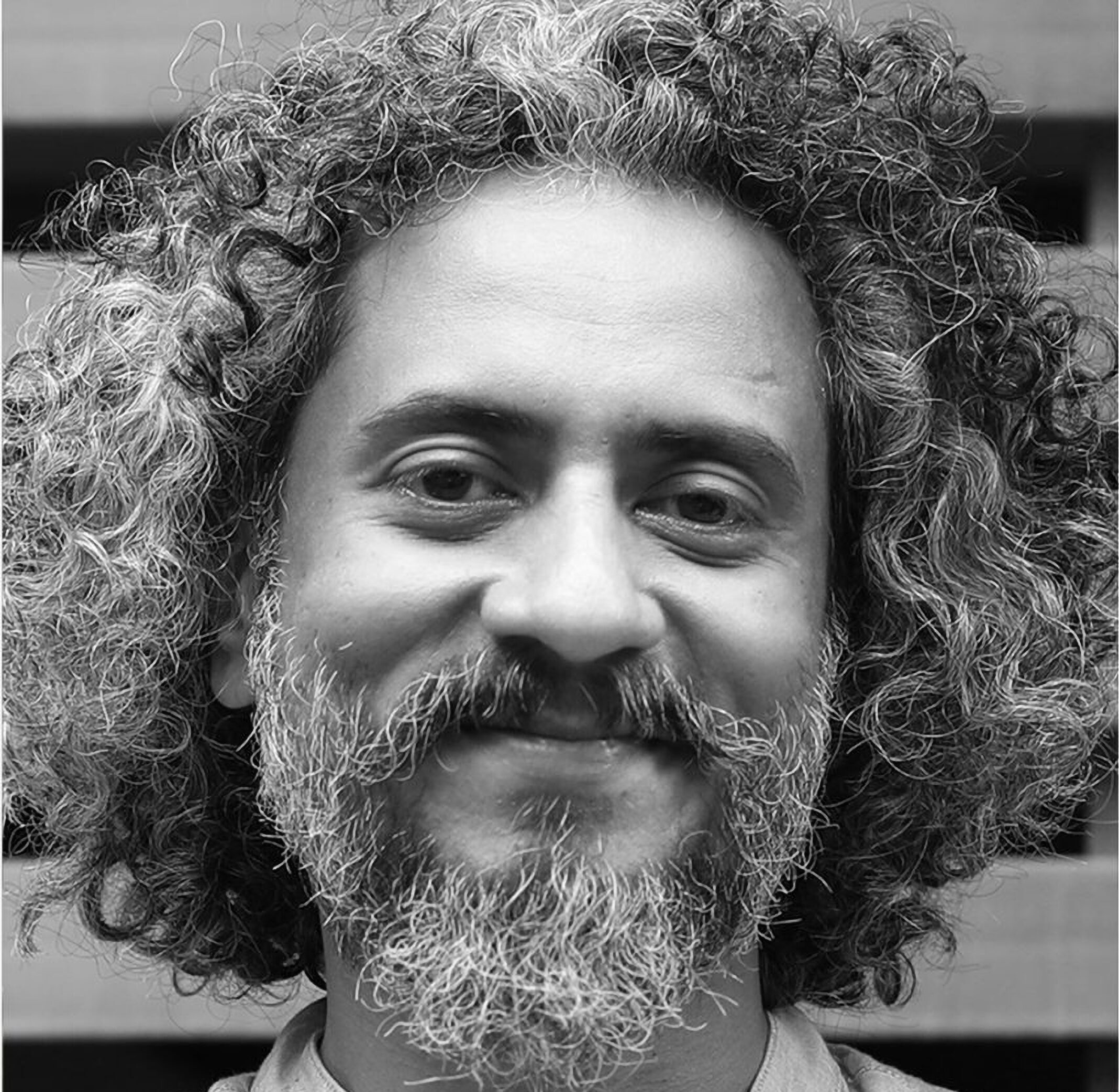Important quotes from the discussion:
“Farmhouse projects have gone up in their number during the lockdown and I get a sense of why. It emerged from the long-standing paranoia with the upper-income groups who’re opportunistic. The shock to the real estate market was the drop in the number of commercial sales before the lockdown. The investable funds left undisposed went into the peri-urban lands after unlocking which has converted farmlands into farmhouses.”
“The idea of a home went through a transformation amongst a small section of the population during the lockdown. How my clients see themselves at home, and their understanding of what a home is has changed. It is now beyond things like work-from-home and the practicalities of services like WiFi. Many re-inventions are happening.”
“The projects that were relying on speculative markets with no funds now in place, but requiring buying from potential customers, or those that are seen as “ease of Architecture” with the developer-led projects, have taken a bashing.”
“As a disease, so little was known about COVID-19 and was frightening too. We have a fairly young team and hanging out together at work is a very important part of the studio experience. We did not face up to the fact that we may never come together again in the same numbers and for the same amount of time that we had spent before the lockdown. It’s a very lively studio that we run. But we had to shut it down.”
“There were psychological effects from the uncertainties, and with the information about the virus starting to circulate on how horrifying it can be. It felt horrifying like a movie that’s full of suspense and you don’t know whether you are going to die or if it is going to sweep by you without notice. So, I would say that it was a pretty good horror film, for as long as it lasted.”
“A psychological effect kicks in where the studio staff begin to feel that they can’t work productively at home. They also asked if the studio could be used again. But the curve of the number of cases wasn’t flattening. However, our office space is large enough luckily and we capped the number of people who could use it. We hence told our staff that everyone apart from the ones who feel the need to use the studio can stay home.”
“We have posters put up in our office and all our screensavers now have the “wash your hands and wear a mask” signs. We did this in preparation for the unlocks and we cleaned up our desks-spaces. Ours is a messy office.”
“I understand this virus as a Gandhian-Virus and that’s a crazy thing. You are supposed to wear a mask not just to protect yourself, but to save others from being infected. It’s an anti-intuitive sort of virus that doesn’t fit well into the usual levels of human selfishness. “
“A lot of our design comes from the conversations happening in the office. Our design development is verbal and conversational. We are a generally very talkative studio and we lost that essence. We could not achieve the same over Zoom calls. But over digital meetings, the lack of physical presence and body language shows how inefficient communication can be. Something that would take about 10 minutes to discuss in the office, can become a little bit longer.”
“We used to fight deadlines together. Everyone would just set-up a deadline to stay together as a team and thrash it out in the studio till it’s done. Everyone is forced to be a little more organized and there is also a way to handover tasks to someone else. But now, everyone did not work at the same time in the work-from-home format.”
“Discipline is a restriction of some kind. We hence create protocols and work through them. I won’t deny that the lockdown made us chop up the work process differently, taking into account that people are not available at the same time. We can’t have bright bulb moments now to quickly do something. When someone else has ideas too, they aren’t able to show what they have instantly. It’s hard to have work-days now, as they’re extended into work-weeks.”
“Before the pandemic, everything was devoted to work. We were running an architecture practice successfully, but then somehow the pandemic takes primacy. Our health, happiness and safety of our family members become important, and everything gets sacrificed on that altar.”
“The office still provides me with a lot of comforts and I rely on the back-end quite heavily. But the office has lost its physical centrality now. Personally too, I have experienced an increased significance of other people’s lives, which is humbling. Not dramatically in a Bollywood sort of way though. I took a month’s off to spend time with my grandparents which was gratifying. Before that, it was the usual spoiled-brat behaviour of me staying disconnected. This truly is a Gandhian virus where it forces you to think about the other person for your safety too.”
“We are witnessing a very interesting death of the city. There is always a certain morbidity to the city life. We know that heart disease, cancer, stress, unstable social life, unstable family life, psychological issues, negatives of the sedentary lifestyle, pollution, and many such ills exist in a city. We also are hurtling down this path of death, in the face of this planet’s destruction too in terms of climate crises, biodiversity loss and more. I believe we are going to witness the death of the city first and not the citizens.”








